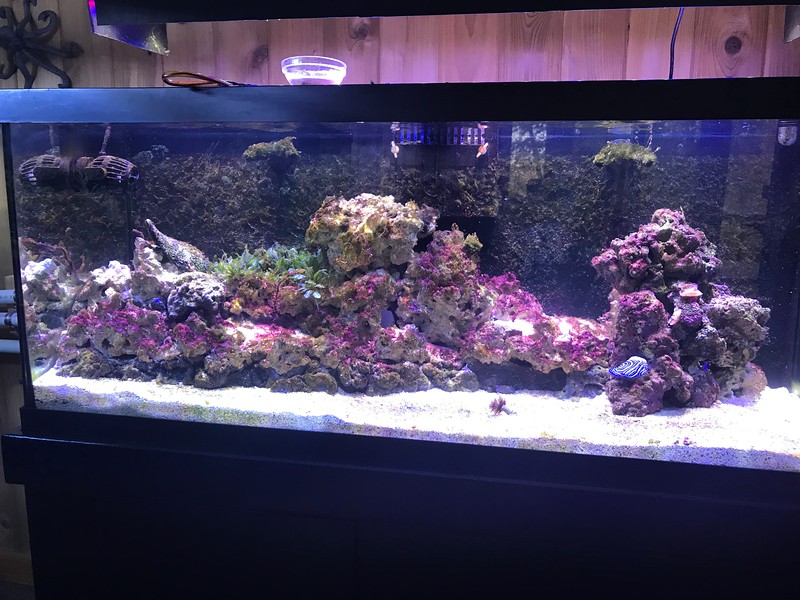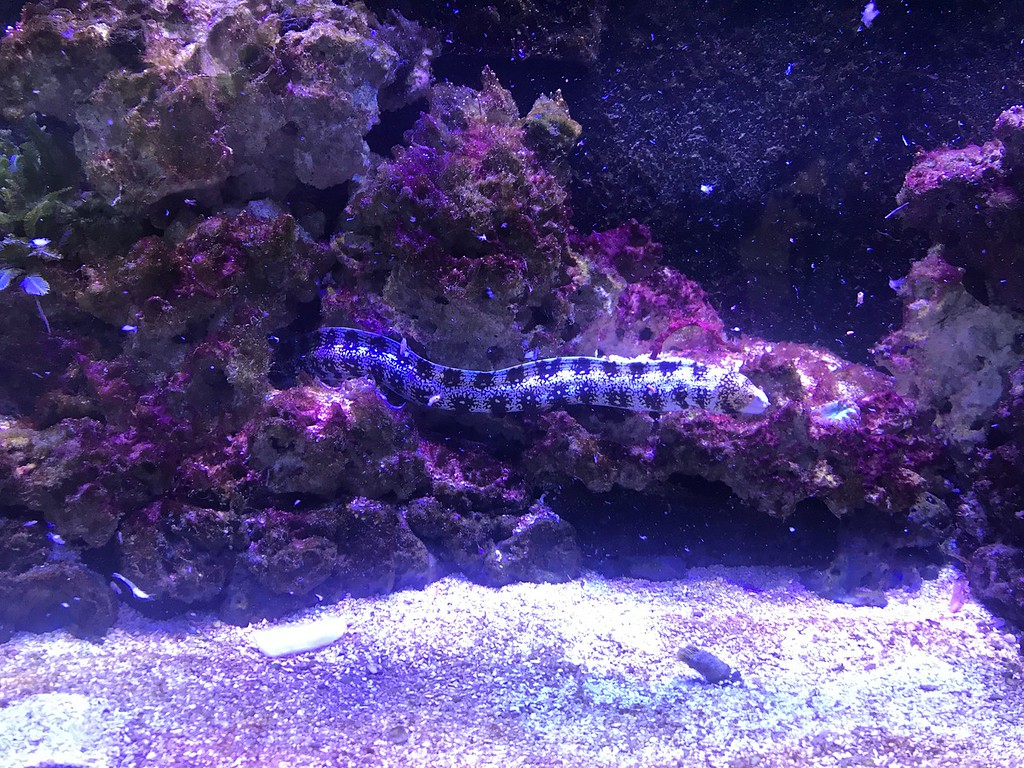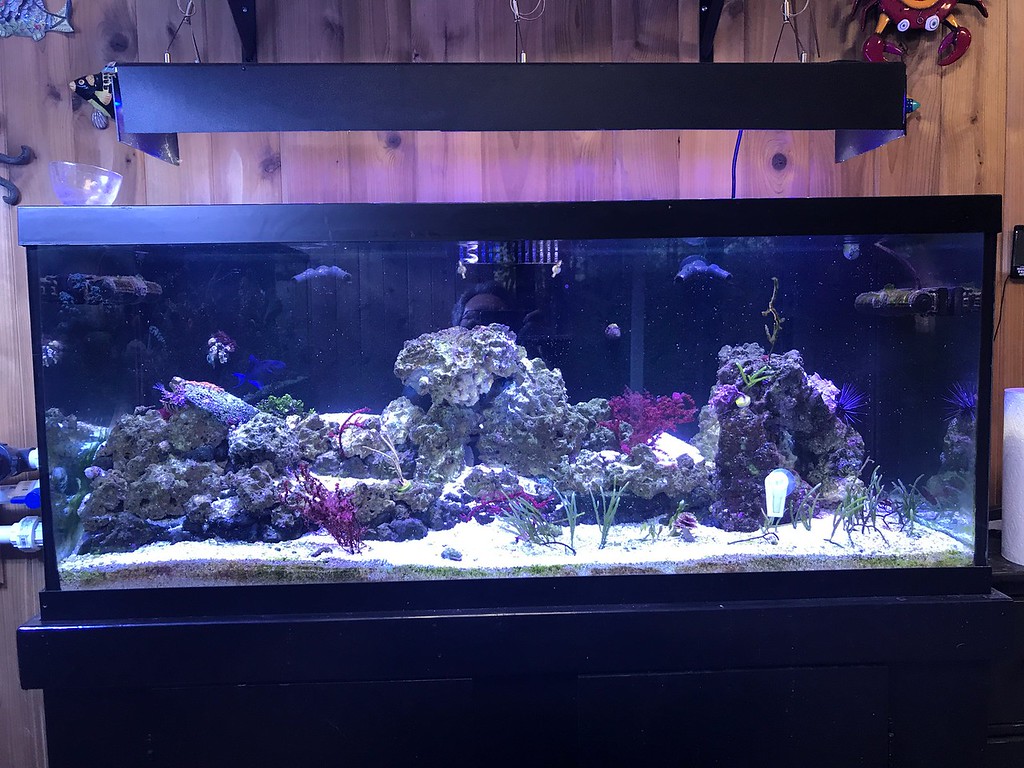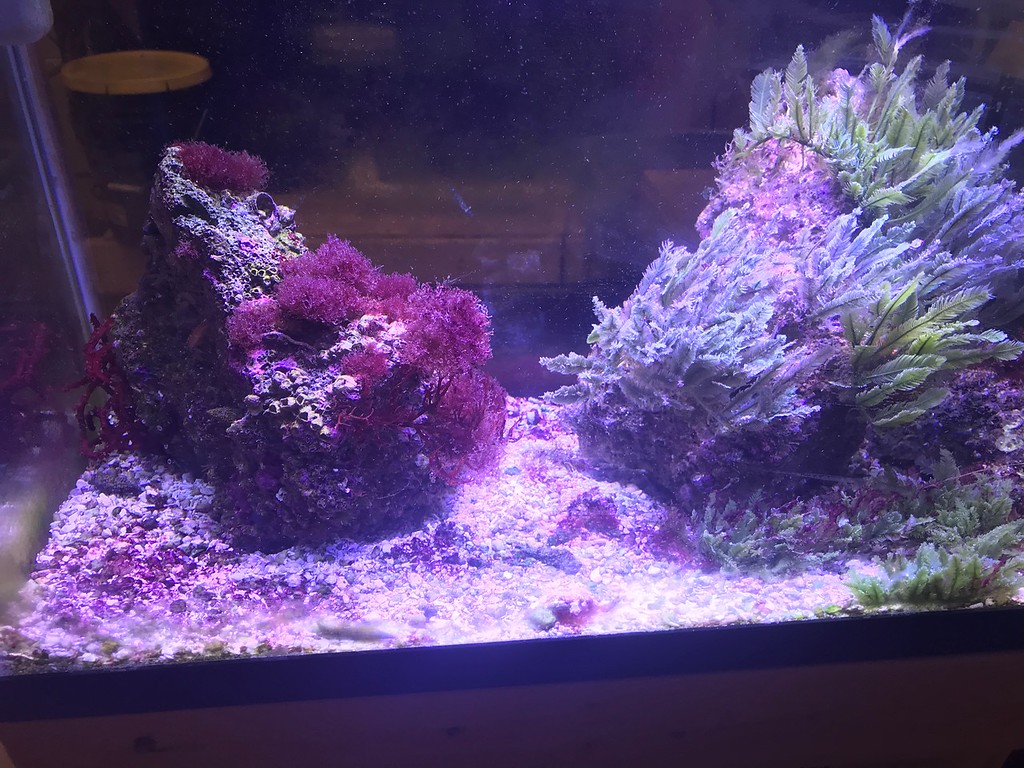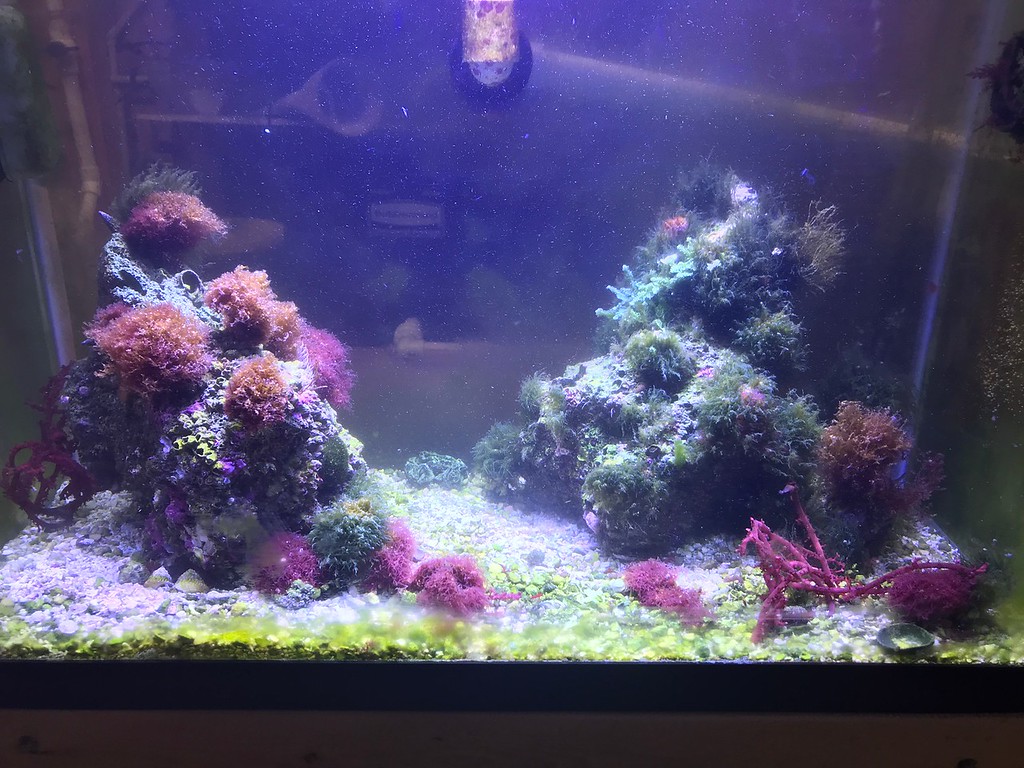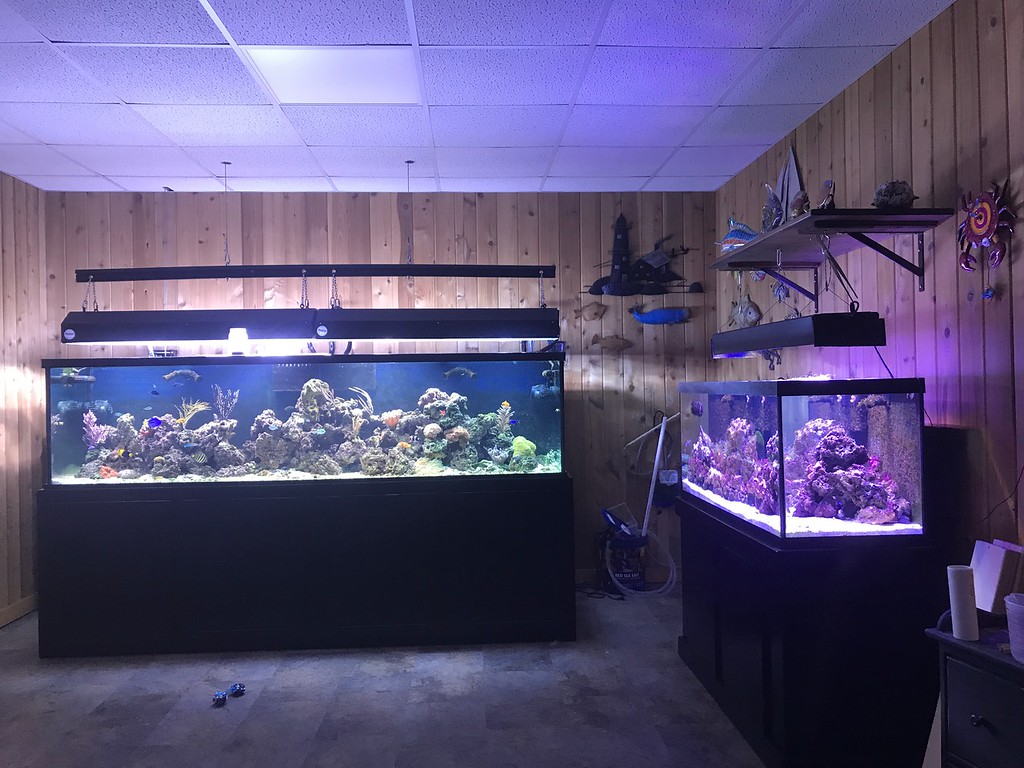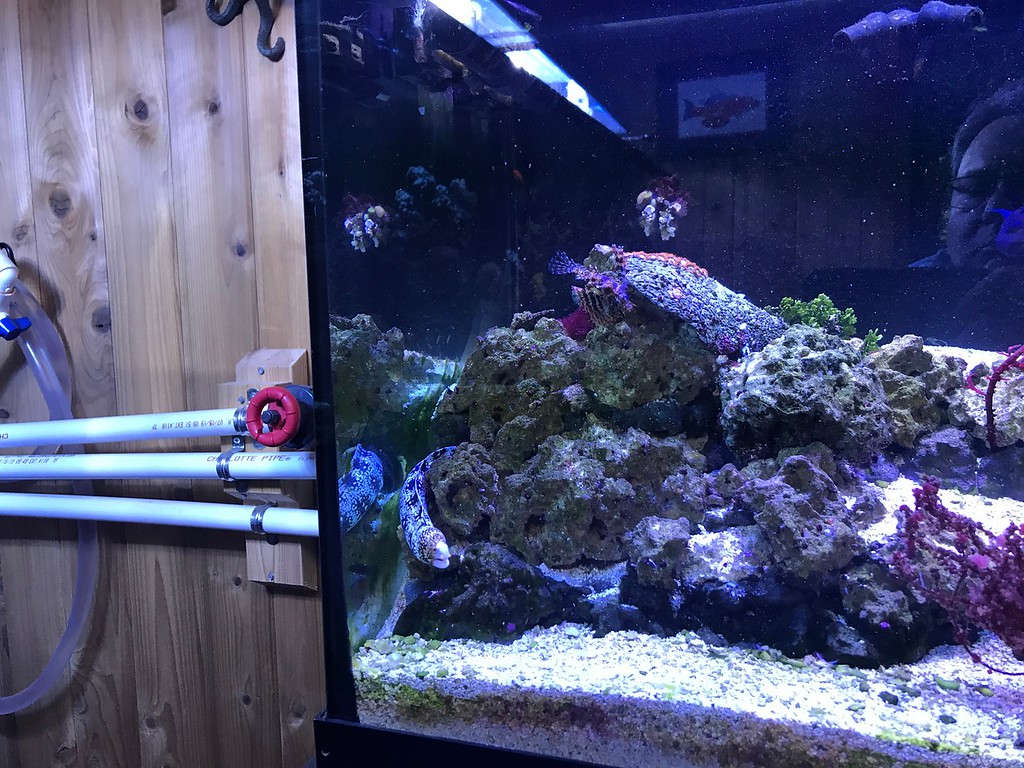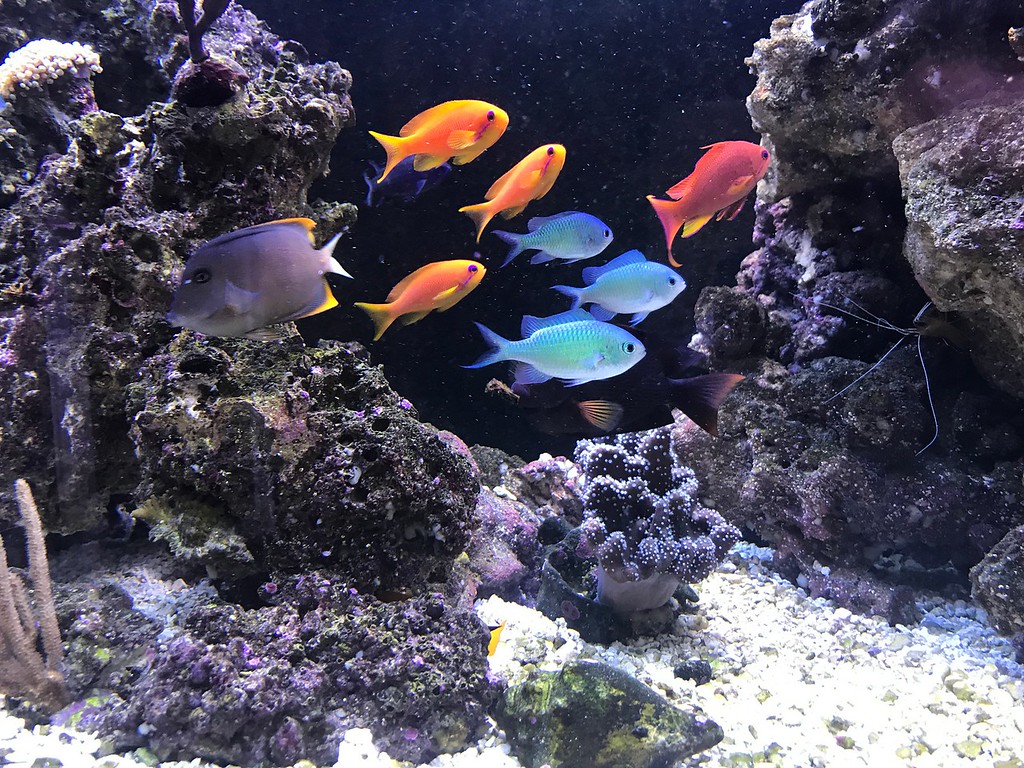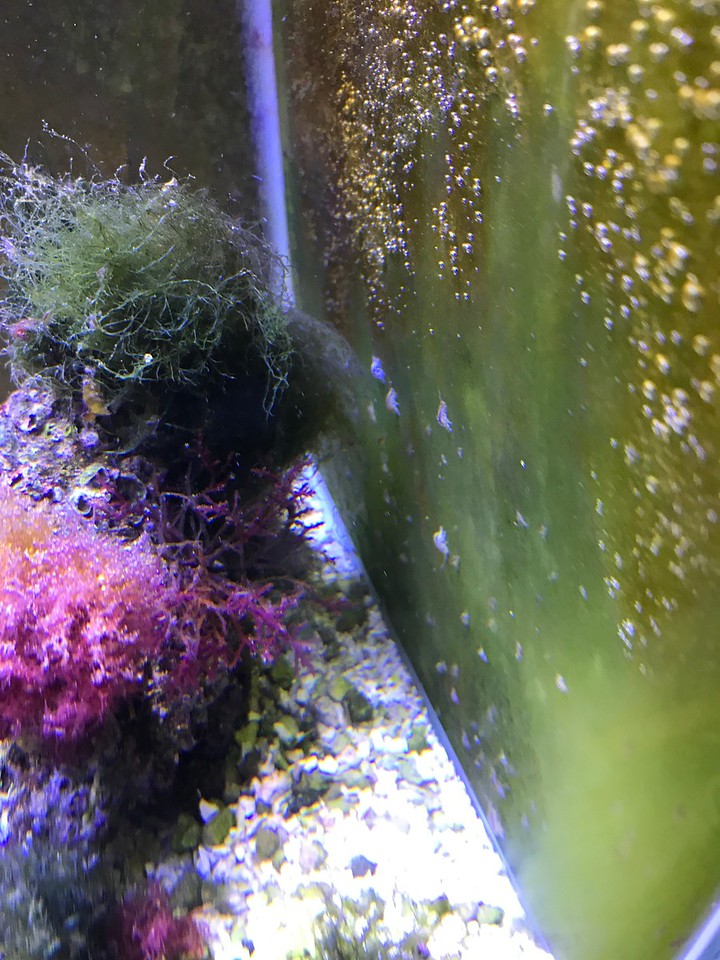- Joined
- May 16, 2019
- Messages
- 423
- Reaction score
- 335
I have a tank with consistently high nutrients. It’s not neglected but I do minimal maintenance and for the last while there has been mild amount of cyano persisting around the tank. No algae is growing. I know cyano and algae both thrive on high nutrients or poor water parameters but I’m not sure what determines whether cyano or algae blooms as a result. I actually want to grow some algae because I have several hungry tangs that would definitely appreciate it and keep it in check.
if I ad phosphorus will that promote algae to outcompete the cyano? Is there a way to influence whether cyano or algae blooms?
if I ad phosphorus will that promote algae to outcompete the cyano? Is there a way to influence whether cyano or algae blooms?







